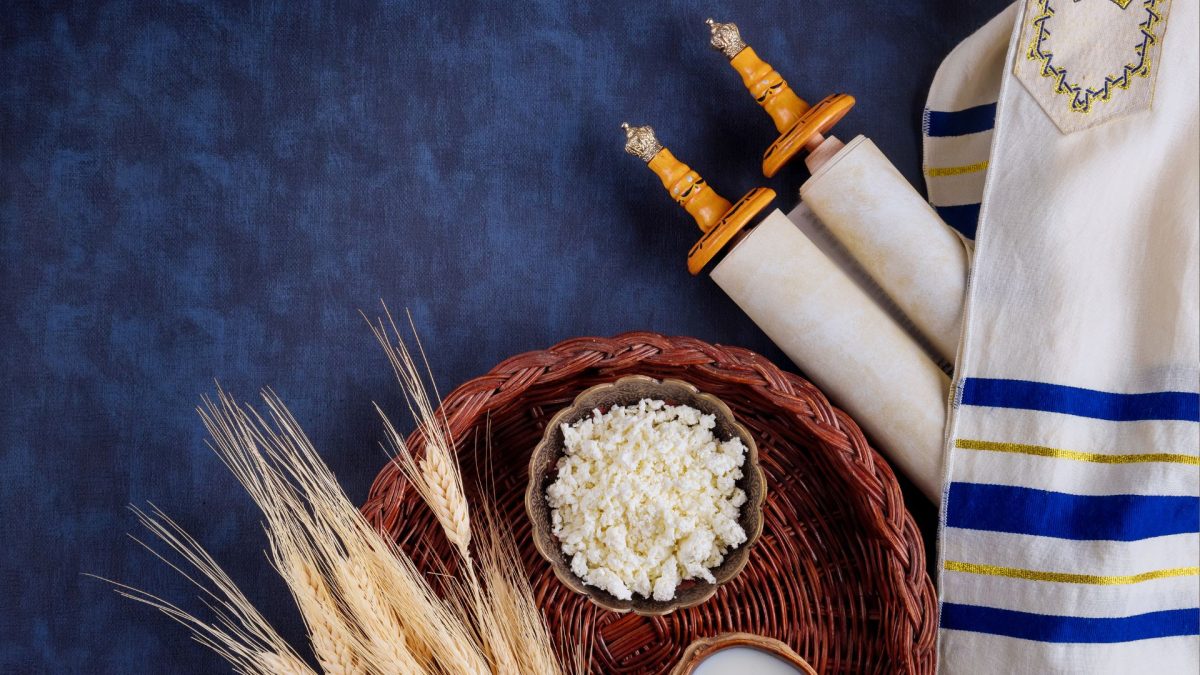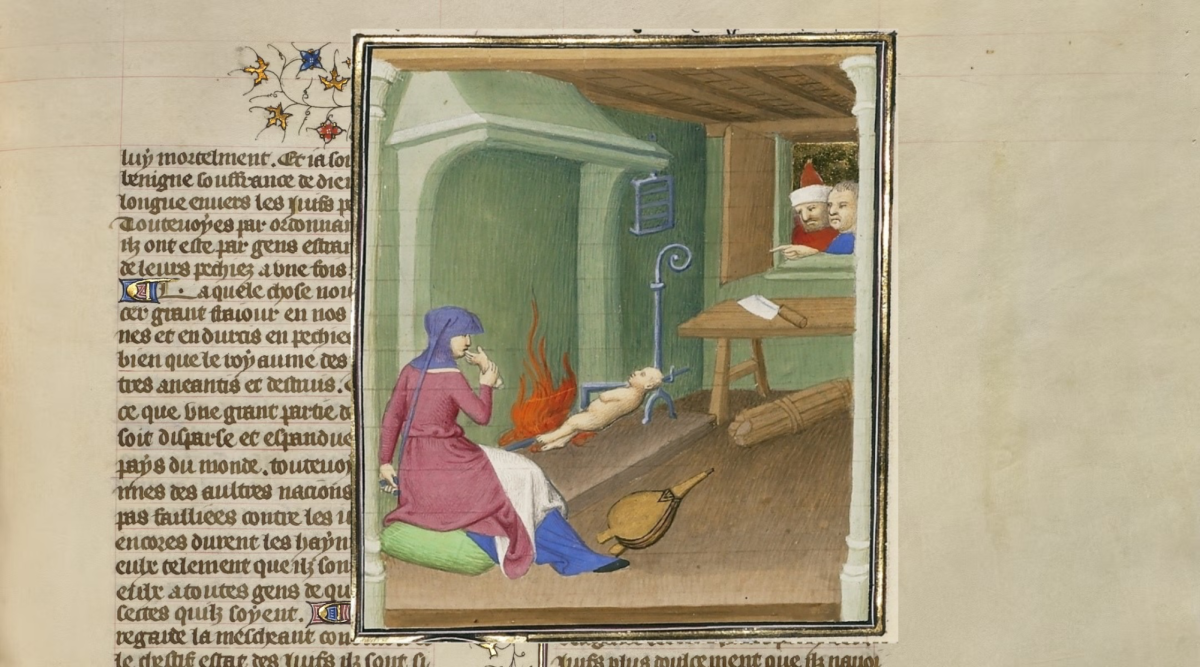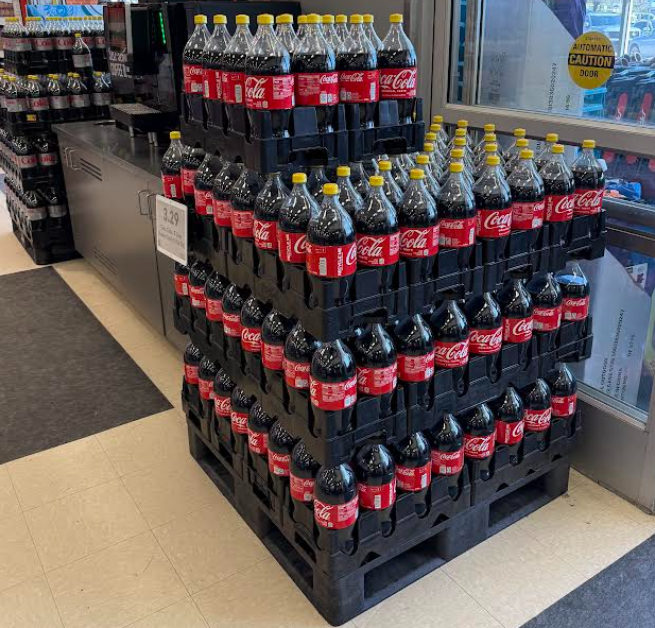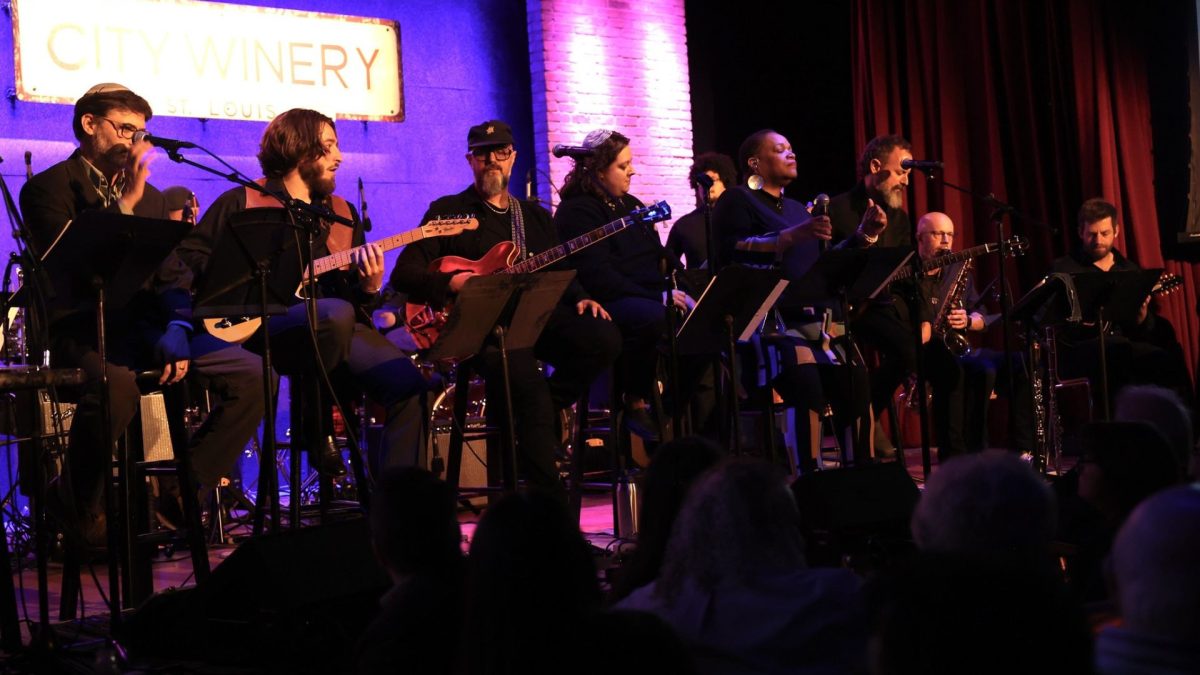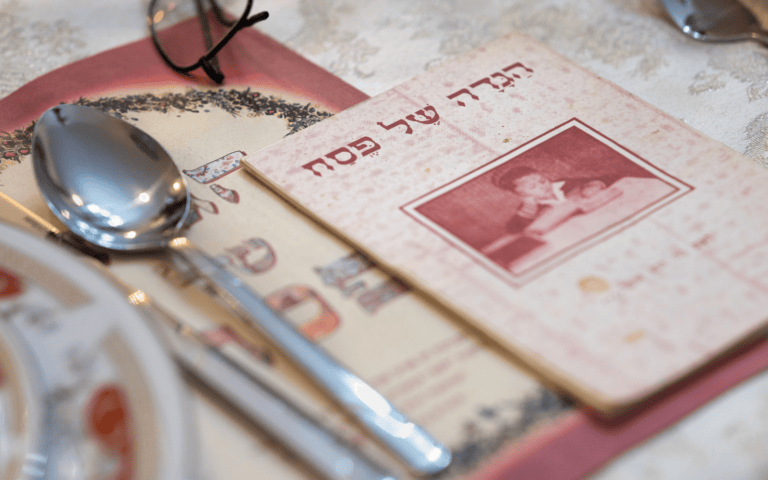This story originally appeared on Kveller
Shavuot is rather multifaceted; its date, significance, traditions, and evolution are filled with holiness — and many unknowns. Ask three Jewish educators why it’s customary to enjoy dairy delicacies on Shavuot, and you will indeed get three (or four) different answers. Even the pronunciation of the name is disputed. In other words, it’s the quintessential Jewish holiday!
First things first: Shavuot or Shavuos?
Sephardi Jews typically pronounce the holiday as “Shavuot,” while Ashkenazi Jews call it “Shavuos.” The difference lies in the Hebrew spelling, specifically the last letter, whether it’s “tav” or “sav.” Sephardi Jews pronounce “tav” consistently as a “t” sound, while Ashkenazi Jews differentiate based on the presence of a “dagesh” dot. When Eliezer Ben Yehuda arrived in Palestine in 1881, Hebrew was spoken with various accents. After Israel’s establishment, modern Hebrew favored the Sephardi accent, leading to the adoption of “sav” over “tav” in pronunciations. American Hebrew institutions followed suit, supporting Israel, hence many American Ashkenazi Jews now pronounce “Shabbat” with a “t” instead of “Shabbos” with an “s.”
ADVERTISEMENT
Shavuot is the Holiday of Jewish Paper-Cutting
Shavuot is a springtime festival, celebrated when the earth is in full bloom. A Jewish legend tells that Mount Sinai blossomed with flowers when the Torah was given. Historically, Jewish farmers would offer the first fruits of their crops to God during this time. To honor these themes, synagogues are often decorated with flowers and greenery. However, some rabbis preferred the use of paper cuts, called shavuosl, as a unique Jewish alternative to avoid resembling Christian customs.
Shavuot is Judaism’s Only All-Nighter
The main ritual of Shavuot is Tikkun Leil Shavuot, an all-night study session. This tradition began among the mystics of Safed to atone for the ancient Israelites’ mistake of sleeping in on the day the Torah was given. Staying awake all night to study demonstrates eagerness to receive the Torah. Many synagogues conclude the session with a sunrise worship service.
Ladino Speakers Recite a Marriage Contract on Shavuot
Shavuot symbolizes the wedding day between God and the Jewish people, often likened to a marriage. This is reflected in the Talmud and various wedding metaphors in the biblical story of revelation. To commemorate this, Sephardic communities created liturgies portraying Shavuot as a symbolic betrothal to God. Ladino-speaking Jews take it further by reciting “Le Ketubah de la Ley,” a poetic marriage contract.
The Figure Most Associated with the Holiday Wasn’t Born Jewish
The Book of Ruth, traditionally read on Shavuot, tells the story of Ruth, a Moabite woman who converts to Judaism. Her famous declaration, “Your people shall be my people, and your God my God,” signifies her acceptance of the Jewish faith. Ruth’s story, set around the time of Shavuot, is seen as a parallel to the Jewish people accepting the Torah.
Shavuot is the Only Holiday Where Dairy Foods Are Encouraged
ADVERTISEMENT
While Jewish celebrations typically feature meat and fish, Shavuot is unique for its dairy foods like cheesecake and blintzes. This tradition is linked to the kosher laws given on Shavuot, leading ancient Israelites to consume dairy when they found their meat was not kosher.
Shavuot is the Only Holiday with No Fixed Date
Biblically, Shavuot is observed seven weeks after the start of the grain harvest, counted from the second day of Passover. In ancient times, this meant Shavuot could fall on the fifth or sixth of Sivan, depending on the lunar calendar. Today, it is celebrated on the 6th of Sivan, beginning at nightfall after the seven-week counting period.
The Reform Movement Holds Confirmation Ceremonies on Shavuot
About 200 years ago, the Reform movement introduced confirmation as a way for Jewish teenagers to affirm their commitment to Judaism. This ceremony is naturally connected to Shavuot, commemorating the acceptance of the Torah. Some Reform communities now observe confirmation on Shabbat instead.
Shavuot is the Least-Observed Major Jewish Holiday
Despite its significance, Shavuot often goes unnoticed by less observant Jews. Following seven weeks after the widely celebrated Passover seder, Shavuot lacks the dramatic rituals of other holidays like Passover, Sukkot, or Rosh Hashanah. The all-night study session, a key observance, developed relatively recently.
Israelis Have Water Fights on Shavuot
In Israel, Shavuot is celebrated with water fights, where crowds engage in playful battles with water balloons and water guns. This tradition may be linked to North African Jewish communities, celebrating water as a symbol of the Torah’s life-giving properties. Additionally, the start of the hot season makes water activities a refreshing choice.



